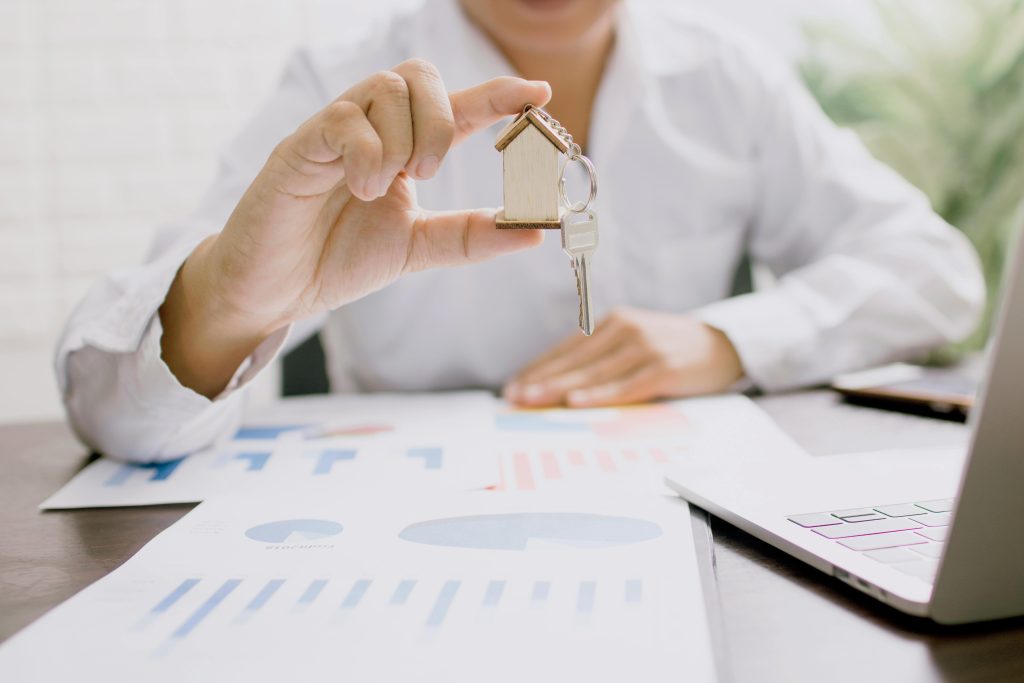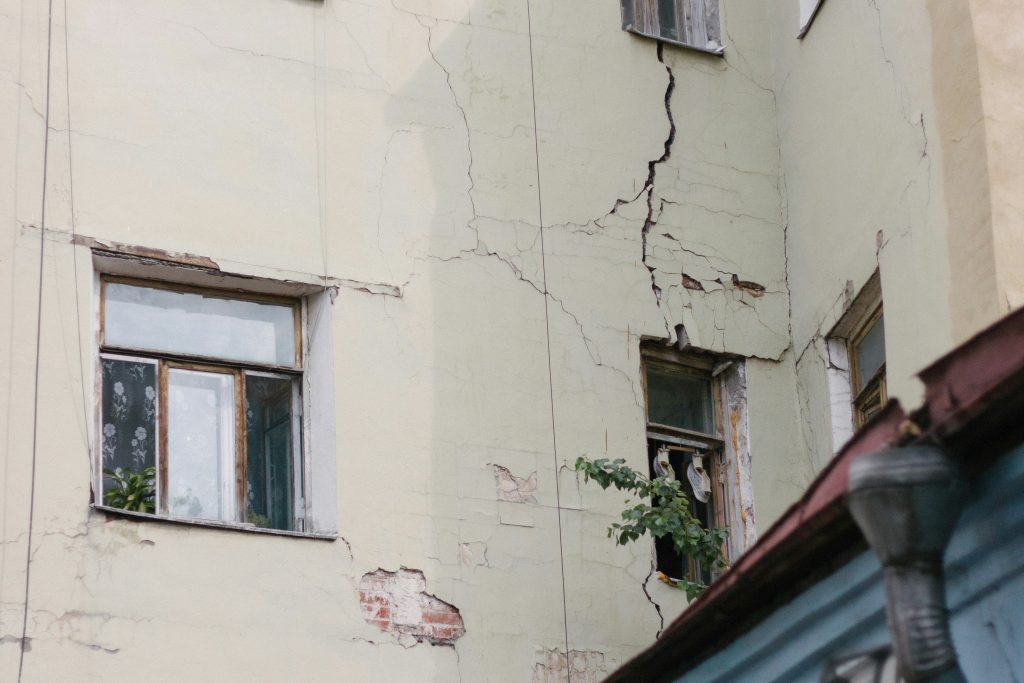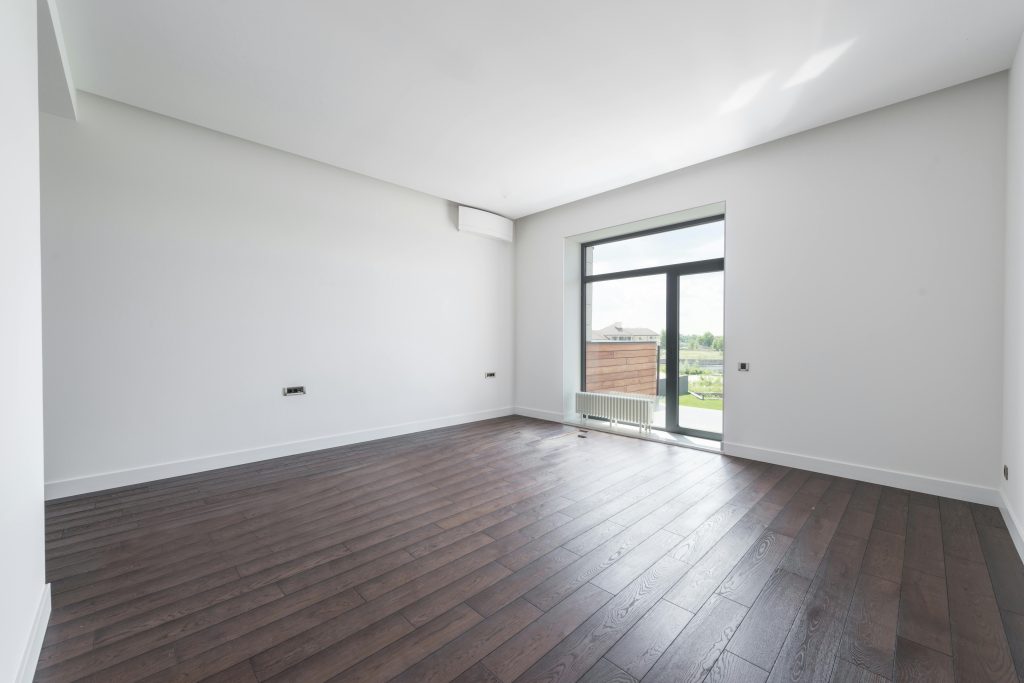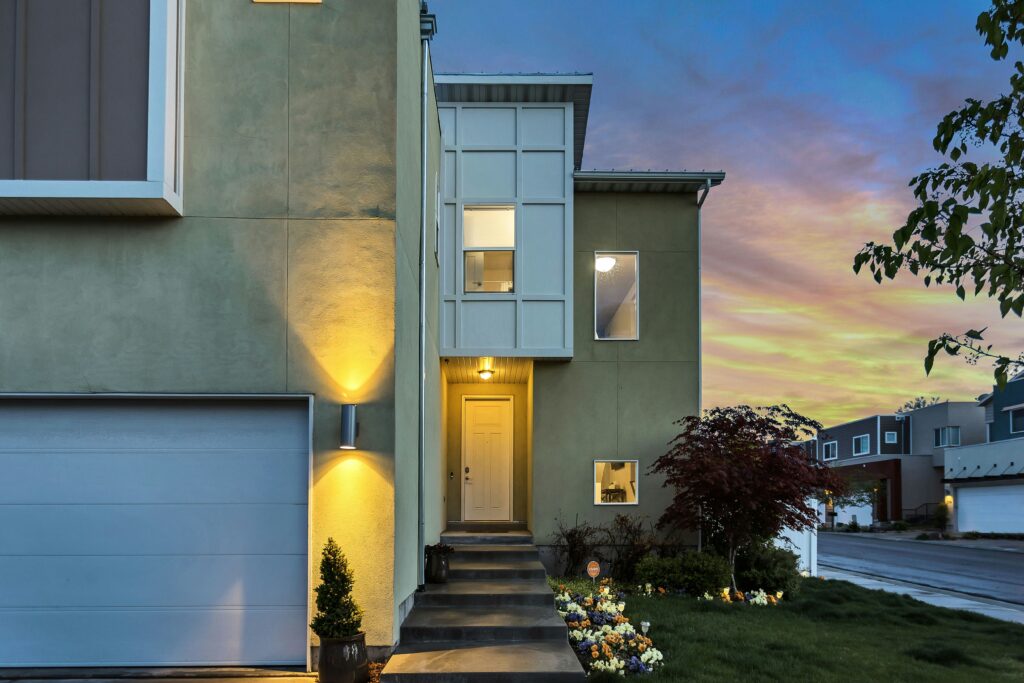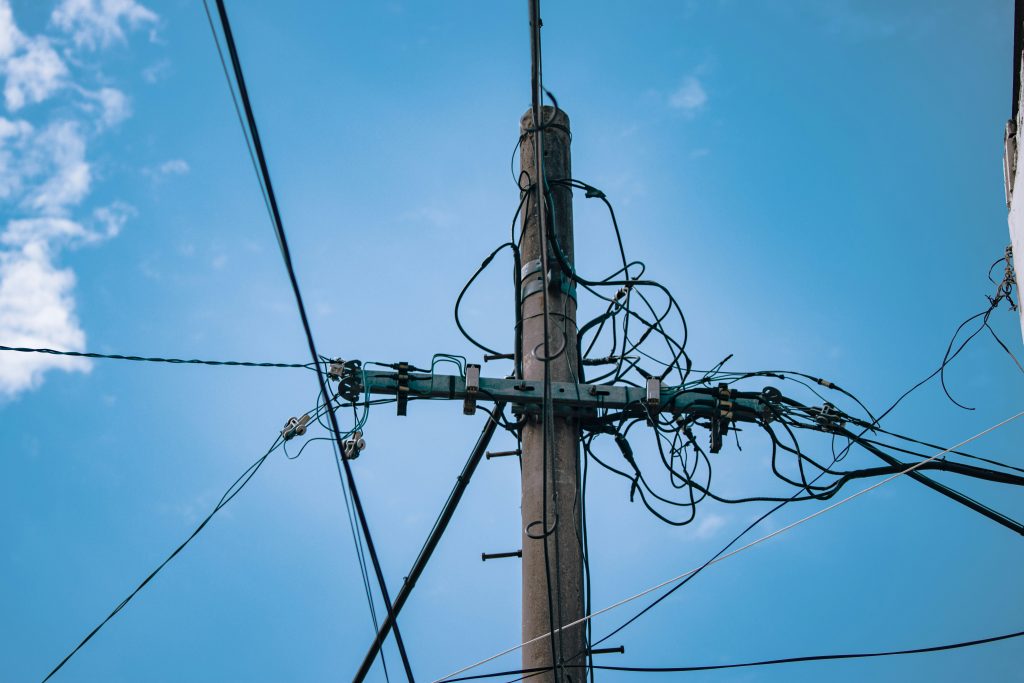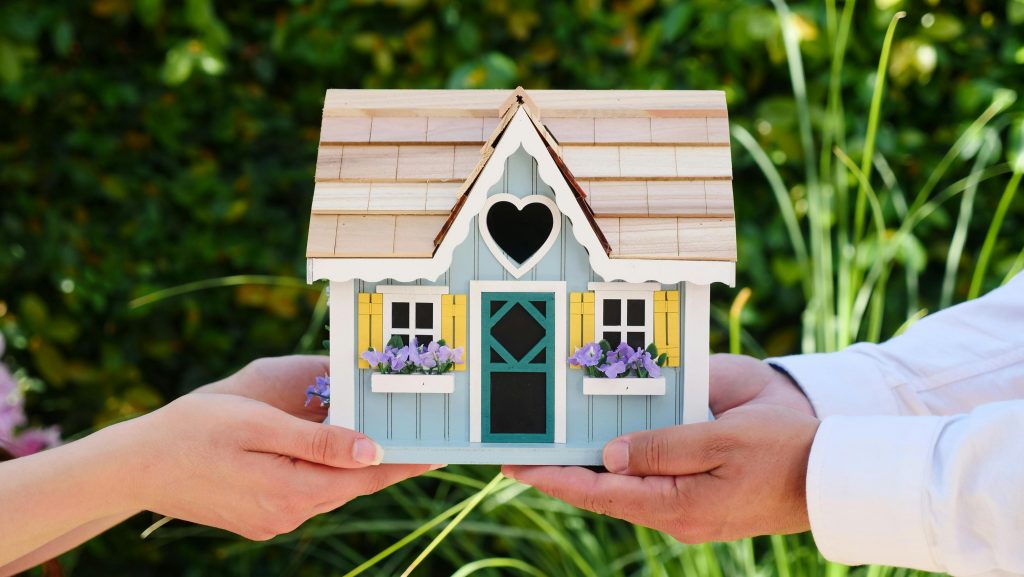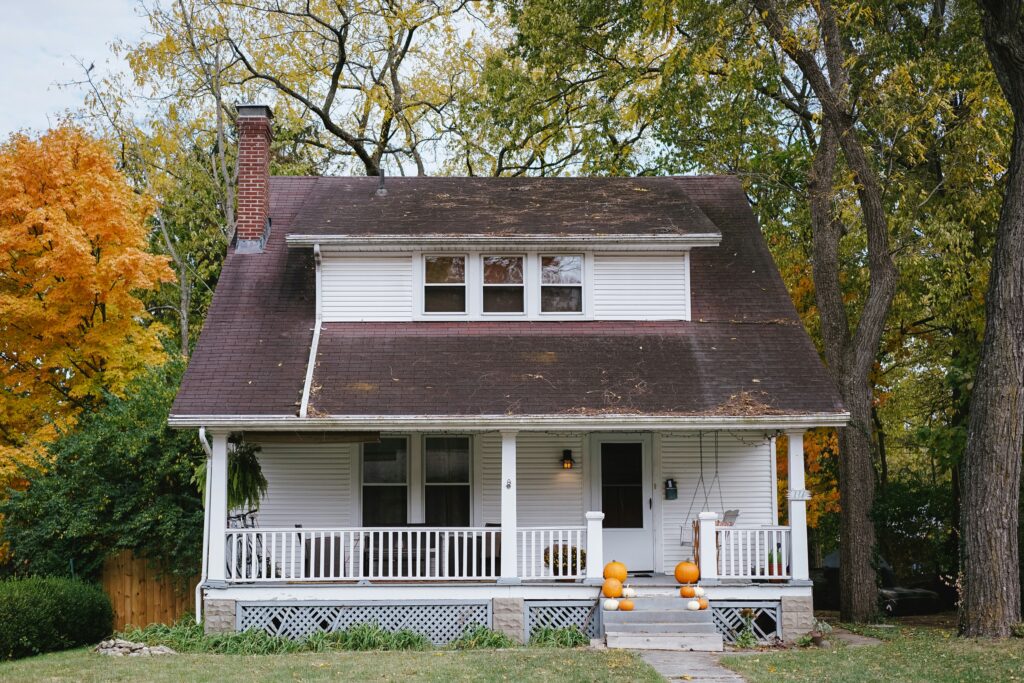Moving home can be an exciting yet daunting process, fraught with uncertainties around selling your current property. One avenue that could ease the burden is part exchange, a scheme offered by many property developers. By effectively trading in your old home as part payment on a new build, part exchange eliminates numerous traditional selling headaches. But how does it really work? And what are the potential downsides to look out for?
What is part exchange?
Part exchange allows homeowners to use the value from their existing property as the deposit on a brand new home being purchased from a developer. Rather than listing and selling on the open market, the developer essentially takes your current home off your hands in exchange for its market value, minus fees.
The financial transaction works like this: independent valuers assess how much your current home is worth based on factors like location, condition, local market dynamics and more. This valuation price becomes the effective “trade-in” amount credited towards the cost of the new build you plan to buy from that developer.
For example, if your existing home is valued at £250,000 and the new property is £450,000, a developer might offer you £200,000 for your old home. If you accept their offer, you would receive £200,000 off that £450,000 price through part-exchanging your old house. Essentially turning it into a £250,000 purchase.
So in this way, part exchange streamlines the selling and buying process into one fell swoop with the developer. There’s no need to go through estate agents, listings, showings and all the hassles of a traditional home sale.
How does the part exchange process work?
While the concept of part exchange is simple enough, there are still a number of specific steps and requirements involved in completing this type of transaction:
- Find an eligible new build development. The first step is identifying a developer and community that has new build homes currently available for purchase via part exchange. Many but not all new home projects will offer this type of program.
- Apply for part exchange. Once you’ve identified a particular property of interest, you’ll need to formally apply for the developer’s part exchange program. They’ll want information about your current home to evaluate if it meets their criteria.
- Property assessment and valuation. Assuming your existing home passes the initial eligibility checks, the developer will then arrange for one or more independent valuations or assessments of the property to determine its market value. Developers typically require at least two separate valuations to verify pricing.
These valuations consider location, characteristics like square footage and condition, demand factors, nearby comparable sales data and more. However, developers reserve the right to inspect the property themselves as well.
- Offer and evaluation period. Once the valuations are complete, the developer will make you a formal offer to purchase your existing home through part exchange. This offer amount is what would then go towards the new property’s purchase price if you accept.
You’ll be given a period of time, typically a few weeks, to evaluate this offer against the new home pricing and determine if the numbers make sense for your situation. Feel free to get additional independent valuations during this window if desired.
2. Repairs and fees. In addition to the offered valuation price itself, you’ll need to scrutinise what percentage of fees the developer is asking you to cover related to:
- Conveyancing and legal costs
- Repairs or renovations needed
- Taxes like capital gains
- Their administrative or facilitation fees
Developers should be transparent about what portion of these common selling and buying costs you’ll still be responsible for under their part exchange program.
3. Accept offer. If after reviewing the offer details you wish to proceed, you’ll formally accept the developer’s part exchange terms for your existing property.
4. Complete sale. At this point, the legal processes are set in motion to transfer ownership of your previous home to the developer. You’ll need to officially instruct conveyancing solicitors.
There will be an exchange of contracts along with putting down a deposit, typically around 10% of the new build purchase price after deducting the part exchange amount credited.
Once all documentation is finalised, you officially complete on your sale and can move into the new developer property, having successfully part exchanged your way into it!
Eligibility requirements
Of course, developers aren’t obligated to accept just any existing home into their part exchange schemes. There are certain eligibility criteria they look for:
Home value range
Most developers will only entertain part exchange deals where your existing home’s value falls within a particular range compared to the new build pricing.
A common requirement is that the trade-in amount equals roughly 60-75% of the new home’s full price. So for a £500,000 new build, your current place needs to be valued between £300,000-£375,000.
Structurally sound
Your current property must be confirmed as fundamentally sound and habitable through the independent valuations and surveys. Any significant defects like subsidence issues may see it rejected.
Saleable location
Developers also evaluate whether the location and characteristics of your home will make it relatively easy for them to resell once taking possession. If it’s an undesirable area or property type, they may not accept it.
Leasehold limitations
If your existing home is leasehold rather than freehold, there are additional limitations around lease term length remaining. Many require at least 80 to 90 years still on the lease.
Other factors
Developers can apply other discretionary criteria like excluding certain property styles (ex: thatched roofs), higher risk construction methods or simply applying their own valuation formulas that may deem some homes ineligible.
So while many existing properties can meet part exchange standards, being rejected is also a possibility depending on the individual home and developer’s own criteria.
What to do if my property is not eligible for part exchange?
If your property is not eligible for part exchange, you can use Property Rescue to get immediate cash for your home to pay toward your new build future home. Property Rescue can buy your home for cash directly from you, in as little as one week. Learn more about our part exchange service here.
Pros and cons of part exchange
As with any major property transaction, part exchange offers both advantages and potential downsides to carefully consider:
Pros
Guaranteed home sale
Perhaps the biggest perk, part exchange secures an immediate committed buyer for your existing property with no faff or uncertainty around listings, showings, chains falling through and restarting the process.
Quicker transactions
Part exchange can substantially accelerate your sale and purchase timelines down to just several weeks, compared to many months through traditional estate agency routes.
No estate agent fees
You avoid paying any pesky estate agent commission fees by cutting out that entire middleman role.
Simplicity
Managing just one part exchange transaction with the developer is far simpler than handling two simultaneous sale and purchase processes in alignment.
No chain delays
There is no onward property chain to potentially break down and delay your sale completing. You aren’t reliant on other transactions.
Cons
Below market valuation
Developers almost always offer less than your home’s full market value as a trade-in price to build in their own profit margin when reselling.
Upfront costs
While avoiding estate agent fees, you may still need to cover conveyancing, survey or administrative charges—sometimes thousands of pounds.
Limited negotiating leverage
When part exchanging, you have less ability to negotiate incentives or price discounts compared to a traditional purchase.
Developer profit motivations
Developers aim to acquire existing homes cheaply to maximise returns, rather than offering the very best valuations to customers.
Conditional acceptance
Not every home will qualify based on developers’ constantly fluctuating part exchange eligibility criteria and hoops.
So like many property decisions, participating in part exchange requires you to consider the potential conveniences and cost savings against the risk of achieving a below-market valuation on your existing home’s sale price.
Selling your home fast
If, of course, you don’t fancy selling your home to a developer but would still like to facilitate a quick home sale, there are options like Property Rescue. We’ll make a cash offer on your home and work to a timeline that suits you. We can exchange contracts in just a week. Moreover, we’ll cover all your legal fees, meaning you can focus on selling your home stress free and quickly.
Get a free, no-obligation cash offer today.

